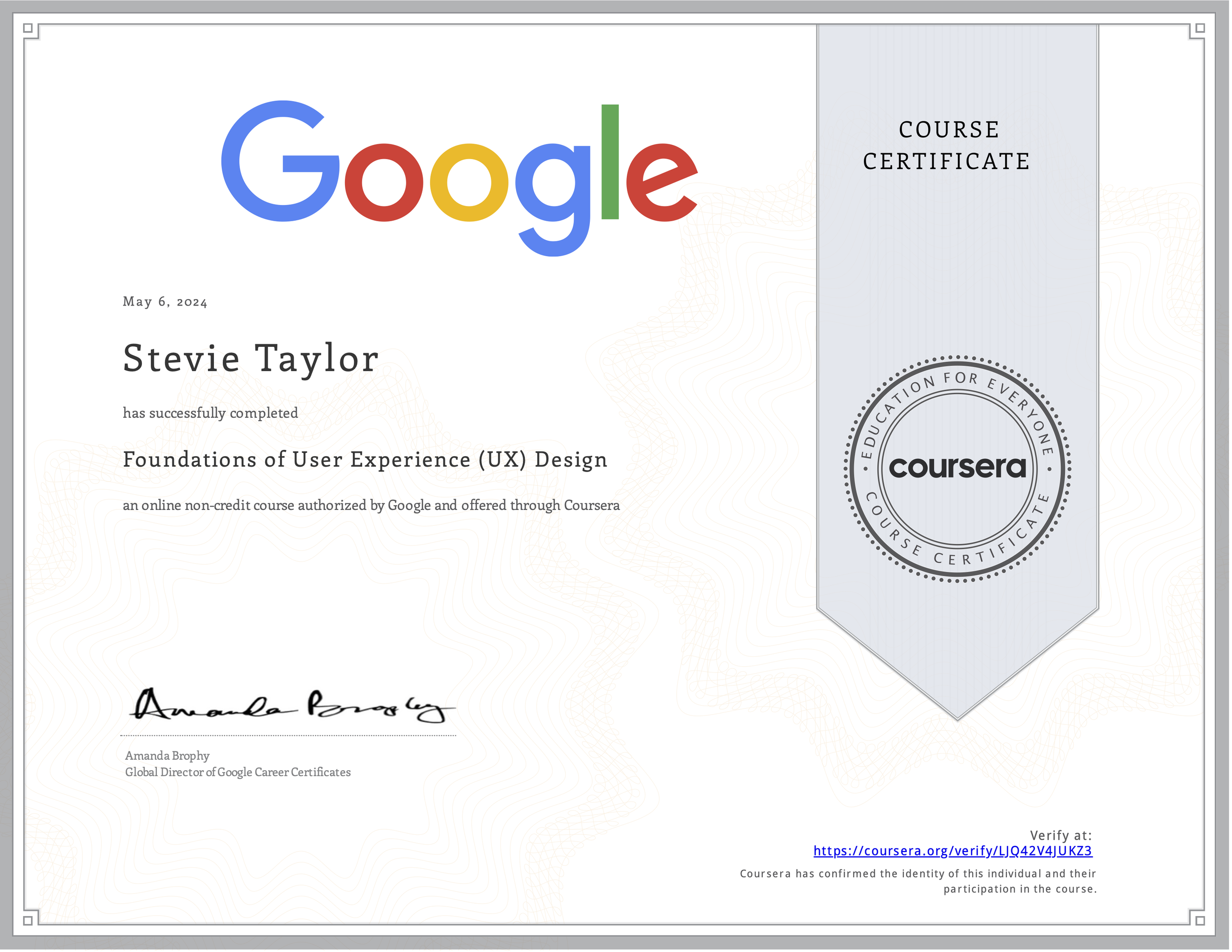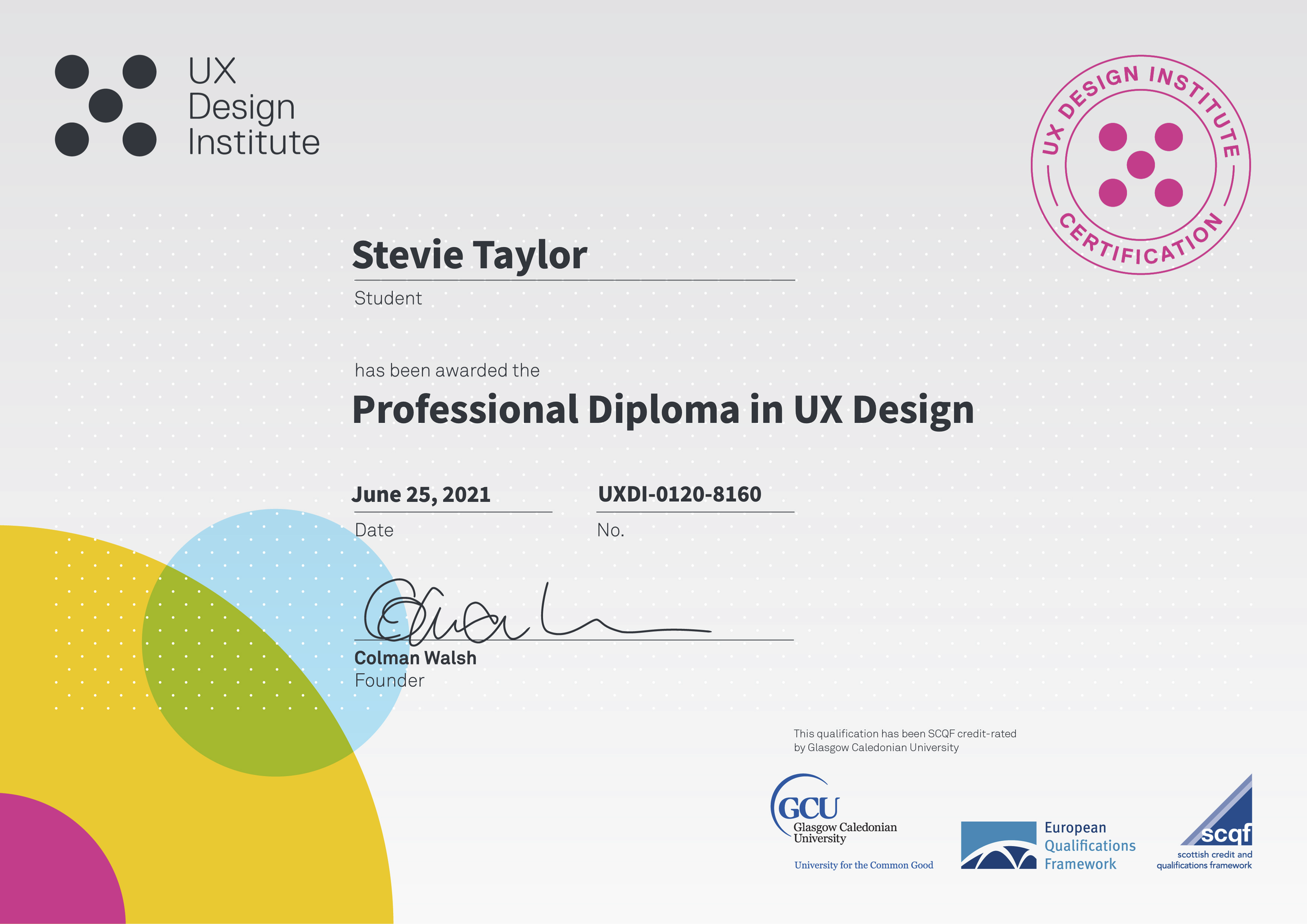Diplomas & Certifications
Foundations of User Experience (UX) Design will equip you with the skills needed to apply to entry-level jobs in user experience design. The role of an entry-level UX designer might include empathising with users, defining their pain points, coming up with ideas for design solutions, creating wireframes, prototypes, and mockups, and testing designs to get feedback.
By the end of this course, you’re able to:
Understand foundational concepts in UX design, such as user-centered design, the design thinking framework, accessibility, and equity-focused design.
Identify the factors that contribute to great user experience design.
Review common job responsibilities of entry-level UX designers and teams that they work with.
Explore job opportunities and career paths within the field of user experience.
Explain why design sprints are an important and useful part of a UX designer’s work.
Describe common UX research methods.
Identify and account for biases in UX research.
Recipients of this university credit-rated qualification in visual design have successfully adopted a user-centred approach to UI design. Recipients of this certificate have proven that they can interpret and evolve basic wireframes in line with a brand’s personality and tone of voice. Recipients have demonstrated that they can design in a systematic way, developing their own grid and design system. Recipients have learnt to take inspiration from design leaders around them while ensuring the originality of their own designs. They have learnt to incorporate universal design principles and best practices into their work. Recipients have exhibited the confidence and authority to continue the work of the UX designer, completing the visual design of their wireframes to the highest quality.
Recipients of this university-accredited qualification in UX Design have demonstrated the ability to bring a user-centred mindset to product design projects. Recipients of this diploma can prepare and conduct a variety of user research studies to develop a broad and deep understanding of user goals and problems. Recipients can use a number of analysis frameworks to clearly articulate the existing customer experience. Recipients can design common desktop and mobile workflows such as registration, onboarding and payment. Recipients can design and build high-fidelity prototypes using popular prototyping tools and annotate wireframe specifications for developer handover.


